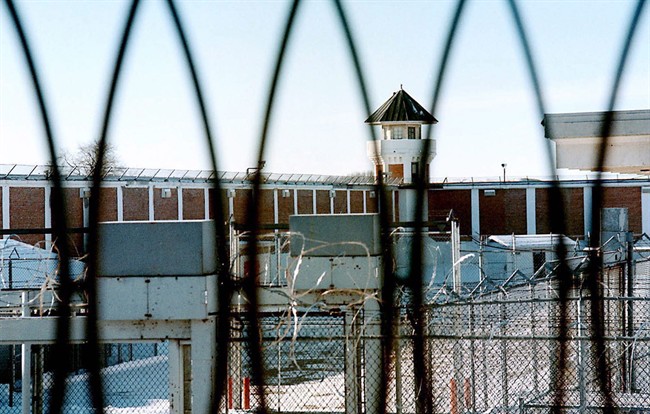Canada’s federal prisons housed an average of 14,310 inmates last year, a report tabled Thursday in Parliament reveals, with the cost associated with each one of them varying widely depending on the type of inmate and whether they were placed in segregation.

The report, authored by the Parliamentary Budget Officer (PBO), estimates an overall average cost for each inmate at $114,587 per year, or $314 a day.
WATCH: Correctional Investigator of Canada says confinement issues in women’s prisons need addressing

But once the fiscal watchdog started breaking down the numbers, it noted that “the cost of incarceration varies substantially depending on the type of inmate.”
READ MORE: Second inmate dies within days of another at Drumheller Institution
A male prisoner in a minimum-security facility, for example, sets taxpayers back just $130 a day. A man in a maximum security cell (with armed guards and a perimeter fence) would cost $254.
Incarceration in a healing lodge — a facility that uses aboriginal values, traditions and beliefs to design services and programs — works out to $336 per day. Youth offenders cost just over $200 a day, and women (across all levels of security) average $230 a day.

But, as the table above shows, it’s segregation that makes the biggest difference.
“This statistical model suggests the inmates who are in or who cycle through segregation account for a disproportionate share of costs,” the PBO report notes.
“Our model suggested an incremental daily cost for inmates in segregation ranging from $891 to $1,775.”
WATCH: Inmates in segregation

Segregation can be used to protect an inmate or other inmates around them from potential harm or to isolate them in response to a serious disciplinary offence.
The PBO notes that the average number of inmates in the second type of segregation (disciplinary) “is not known.”
The practice of isolating prisoners has proven extremely controversial, especially when they are segregated for long periods of time. The B.C. Supreme Court recently ruled that indefinite segregation is unconstitutional.
“This report provides a starting point for understanding the financial cost of proposals impacting levels of incarceration and segregation,” the PBO report states.
READ MORE: B.C. Supreme Court strikes down indefinite solitary confinement in prisons
At the other end of the cost spectrum, supervision of an offender in the community is far less expensive for taxpayers. In 2016-17, the PBO estimates an average of 8,572 offenders were in this situation, at an average cost of $18,058 per year (about $50 a day).
Almost three-quarters of the operating expenses in federal corrections facilities are eaten up by salaries and employee benefits for the people working in those facilities. According to the report, the average federal correctional officer is paid $65,000 per year, excluding overtime.


Comments